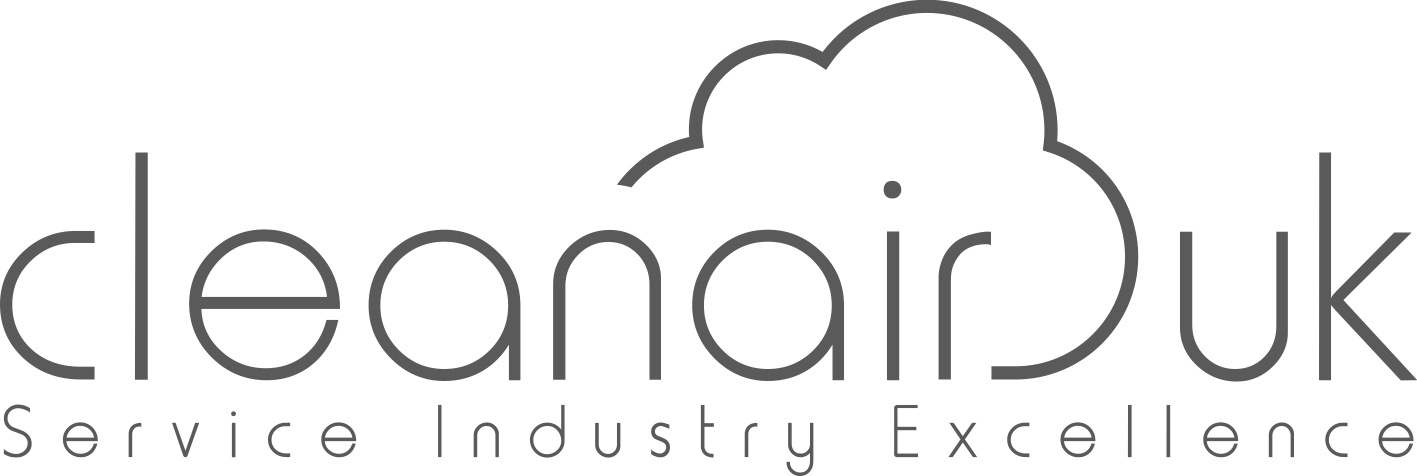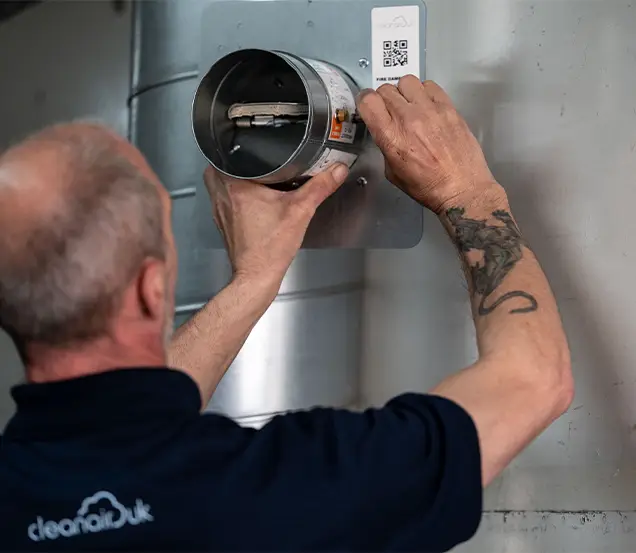Looking for companies for the cleaning and servicing of my kitchen canopy and ducts I found, via Google, overpriced local traders. I am so glad I looked on the BESA website and came across Clean Air Ltd. The lads you sent round were polite and did a good job. I was so confident in your pricing and work I recommended Clean Air to my church for their kitchen work. God Bless you all.
Assessment and Inspection:
The first step in fire damper remedial work is a comprehensive assessment and inspection of the entire fire damper system. Trained professionals typically conduct visual inspections and functional testing to identify any deficiencies or non-compliance issues.
Documentation of Findings:
Detailed documentation of findings is essential for developing an effective remediation plan. This documentation includes the location of each damper, its condition, any defects found, and recommendations for remedial action.




